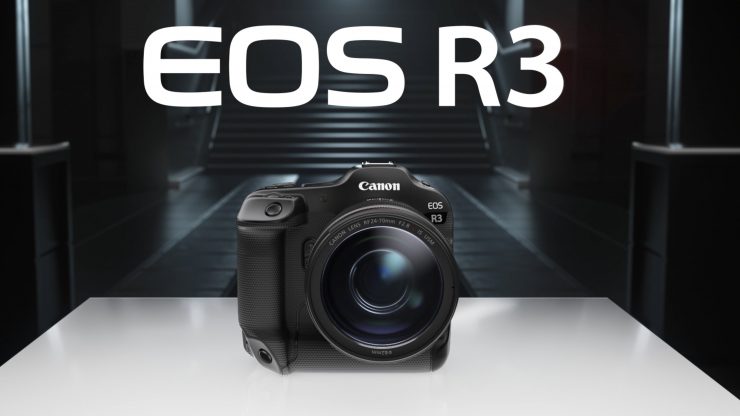
Canon has officially announced the EOS R3. The R3 will sit between the EOS R5 and the EOS 1DX Mark III in Canon’s lineup.
While the EOS R3 is primarily being aimed at news, sports, and wildlife photographers, it still has some pretty decent video capabilities. More on those later.
Key features
- New Canon-developed back-illuminated stacked 24.1MP CMOS sensor
- 30fps with AF/AE tracking
- AF tracking of people, animals (including birds), and motorsports (racing motorbikes and racing cars)
- Can record oversampled 4K up 60p
- 4K 120fps
- 6K RAW up to 60p internally
- Eye Control AF point selection
- Capable of focus in light levels of -7.5 EV
- Dual Pixel CMOS AF
- EOS-1D series dust and water resistance
What it is & what it isn’t
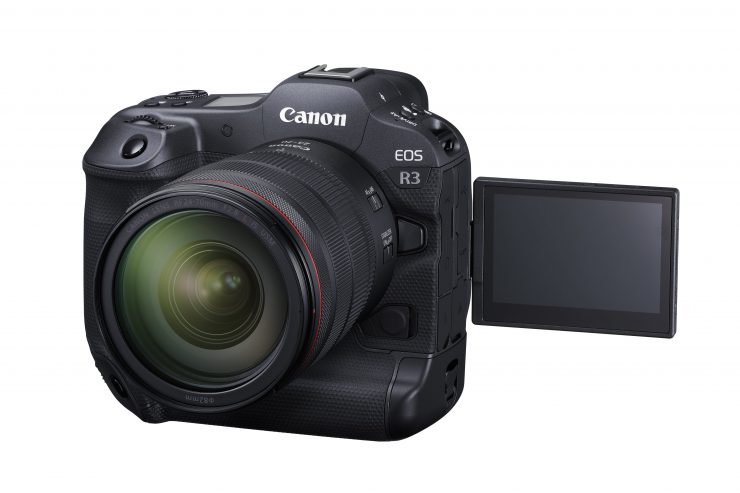
Canon is touting that the EOS R3 is being made to meet three criteria:
- High Speed
- High Sensitivity
- High Reliability
The EOS R3 is a very specific type of camera being aimed at a very specific market. That market is professional sports, news, and wildlife photographers. This is not a high-megapixel mirrorless camera. The R3 prioritizes speed over megapixels.
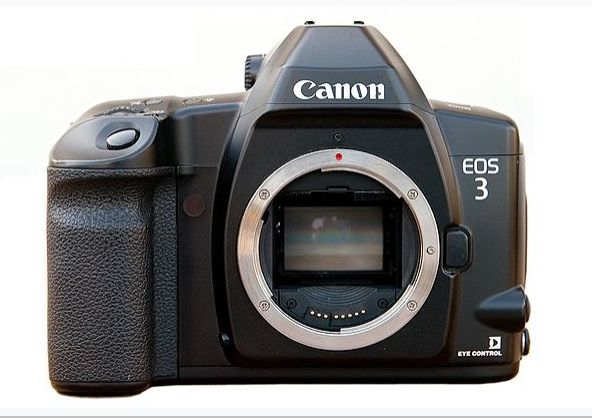
Canon hasn’t used the 3 designation since 1998 when the EOS-3 35mm SLR was introduced.
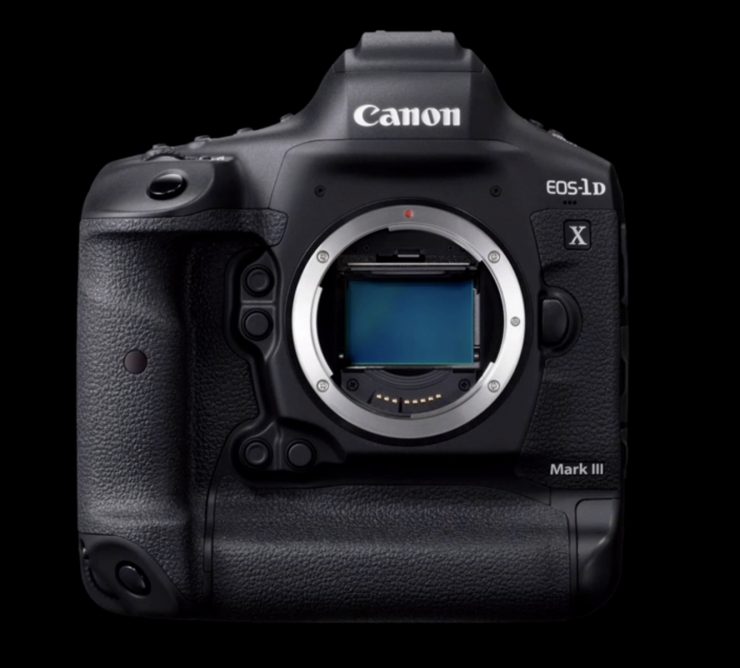
EOS 1DX Mark III 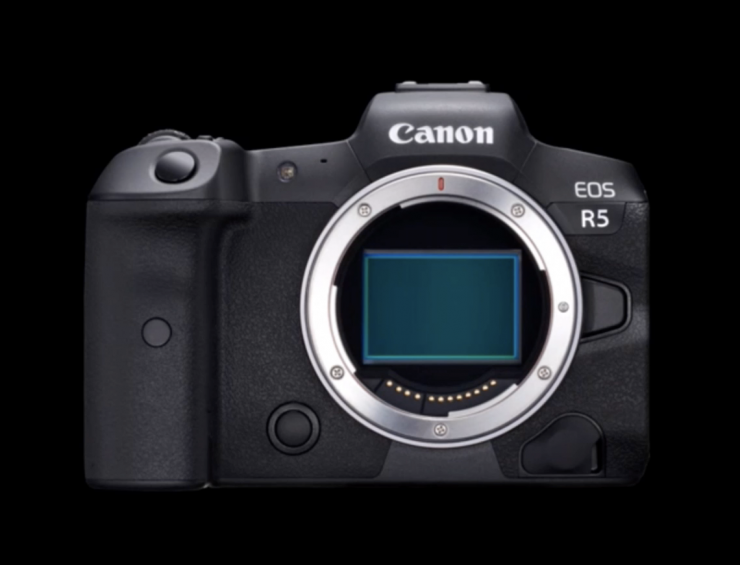
EOS R5
As I mentioned earlier, this is not Canon’s flagship offering, that title is still reserved for the EOS-1DX Mark III. The EOS R3 has been made to sit between the EOS R5 and the 1DX Mark III. Each of these cameras has its own place and purpose. However, it is still It is best to think of the EOS R3 as the mirrorless equivalent of the 1DX Mark III
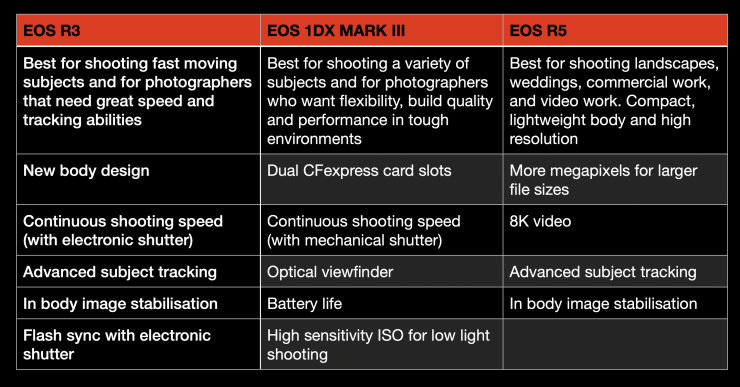
Above you can see some of the key features of each camera and what Canon views as their individual use cases and strengths.
While you could use almost any mirrorless hybrid for capturing video, there are certain models from different manufacturers that are more tailored to do so.
Canon hasn’t neglected the video features on this camera, and while it doesn’t have some of the capabilities of the R5, it still offers some pretty decent options.
Sensor
The EOS R3 features a newly developed 24.1MP back illuminated stacked CMOS sensor. This is the first Canon camera to utilize a sensor of this kind.
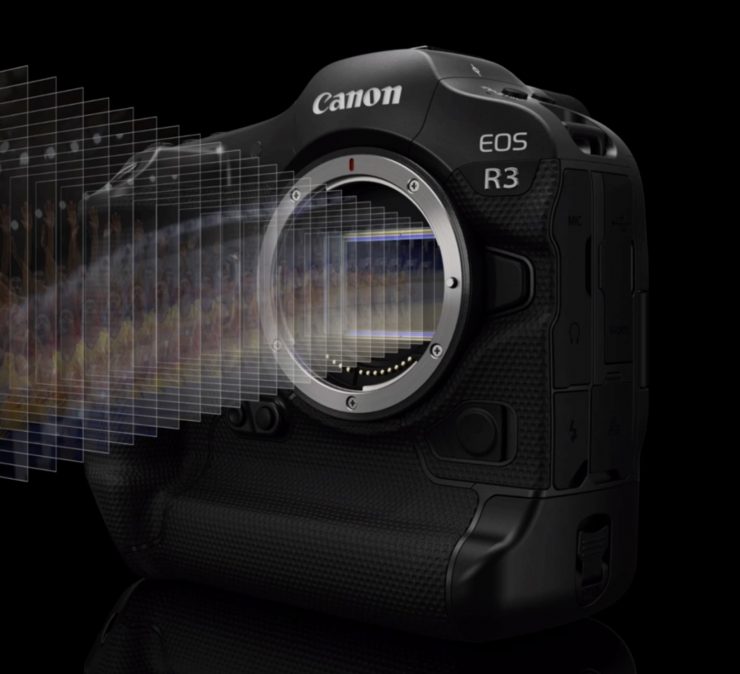
Back-illuminated stacked CMOS sensors are used in quite a few of Sony’s mirrorless offerings.
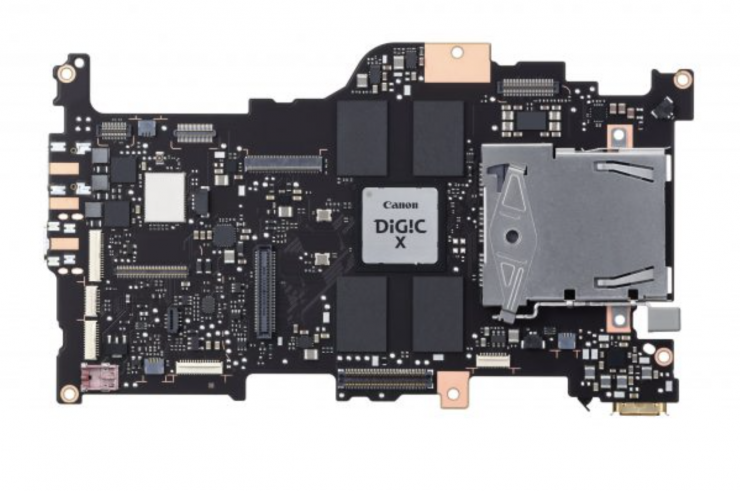
The benefit of utilizing a back-illuminated stacked CMOS sensor and a DIGIC X image processor is that the EOS R3 has very high readout speeds and reduced rolling shutter.
Still capabilities
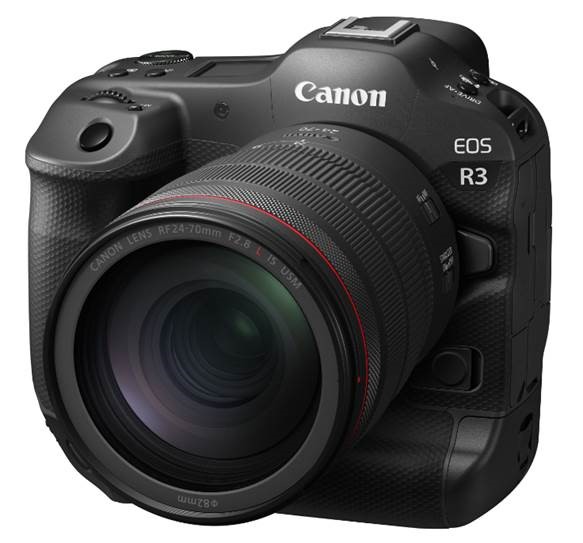
The camera can capture 14-bit RAW files at up to 30fps (electronic shutter) with full AF/AE tracking. 12fps is possible when using the mechanical shutter.
30fps is 10fps higher than the EOS-1D X Mark III and the same as Sony’s Alpha 1.
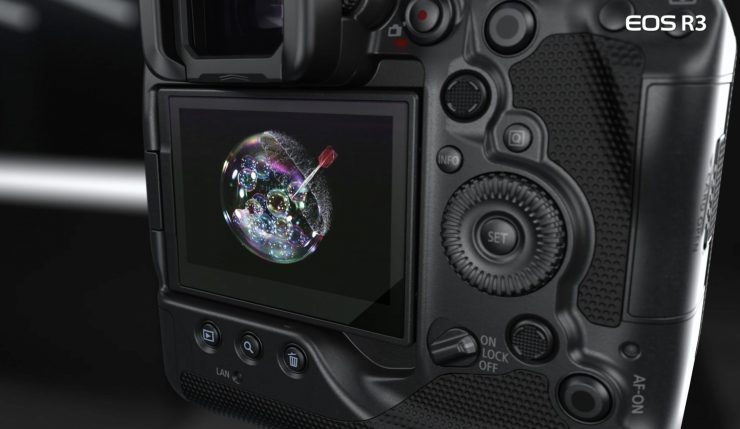
The electronic shutter can capture images at up 1/64000 sec. The R3 also offers blackout free continuous shooting, however, blackouts may occur in some cases such as when the built-in memory is full, or when the flash battery is fully recharged after the battery ran out during continuous shooting.
ISO performance when shooting photos can go up to 102,400 ISO, however, an expanded mode is available that takes it up to 204,800 ISO.
You can also do HDR-PQ 3-shot compositions where the camera takes one shot at the correct exposure, one shot at 1 stop over, and another shot at one stop under. It then stitches all these images together. With the R3 it can take these three photos in just 0.02sec.
Flash sync is now possible with the electronic shutter when used with external Speedlites. The electronic shutter can also be used with both Canon and third-party flashes for the first time. Removing the traditional weaknesses of electronic shutters, Canon has introduced Flicker detection and a High-Frequency anti-flicker shooting mode to detect and correct flickering light sources and reduce banding or color and exposure issues.
Auto Focus
The EOS R3 will have a new AF tracking mode, with the ability to recognize and accurately track cars and motorbikes. This is in addition to the people and animal (including birds) tracking modes.
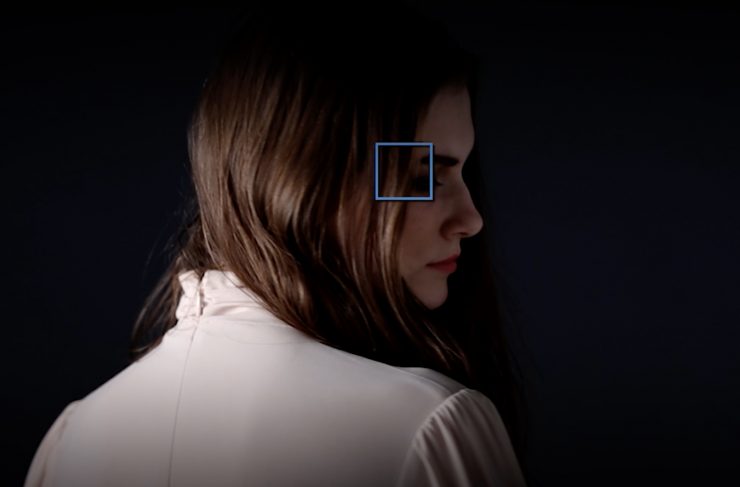
Canon claims that the R3 has better Eye Detection, Body & Head Detection, and subject tracking capabilities than previous EOS R cameras. They specifically say that the Eye Detection AF is now less affected by posing, lighting, makeup, hair, and face masks.
Improved head detection is now also possible and the AF system is said to be able to effectively detect anyone wearing a helmet or goggles, etc. Object tracking has also been improved so that users can follow subjects doing big moves such as gymnastics, dancing, etc.
Canon claims that the EOS R3 can still AF in low light levels at -7.5EV or lower.
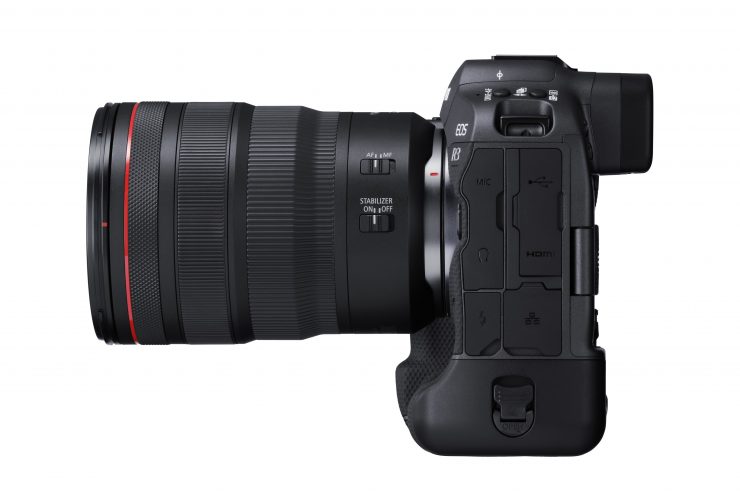
The AF modes will work when shooting RAW at up to 30fps. All of the AF modes work in both stills and video.
Eye Control AF
Everything old is new again. Also making a comeback is Eye AF control. This is something we haven’t seen in a Canon camera for a very long time. This technology was first introduced in the EOS 5 (or the EOS A2 and A2e if you were in the US) back in 1992.
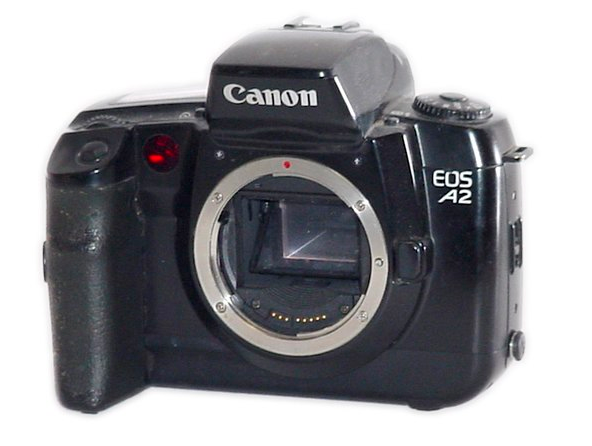
The EOS 5 eye-control focusing allowed the user to select from one of five focus points by looking at it through the viewfinder as well as activating depth-of-field preview by looking at a sixth point marked in the top-left corner of the viewfinder. At the time, this feature was unique to Canon.
Ironically, the last camera to feature eye-control focusing was the EOS 3.
The EOS R3 Eye AF works in conjunction with other AF tracking modes. When it is activated users will see a round yellow target that they are able to shift by simply looking towards a different point in the EVF. This then shifts the AF point. You can use it to change focus between the foreground and background, and change the subject tracking between two people or animals, etc.
Now, there are quite a lot of caveats when using Eye AF. Canon states that you need to calibrate the system for use with your eye and it should also be calibrated depending on what you happen to be shooting.
Canon also is clearly stating that Eye Control AF may not be usable depending on such factors as users’ wearing of sunglasses, hard contact lenses, or glasses for vision correction. It may also not work depending on an individual’s characteristics such as eye size, eyelid thickness, and eyelash length.
I haven’t personally seen or used the R3 so I cannot tell you if the Eye AF works well or not.
Video Capabilities
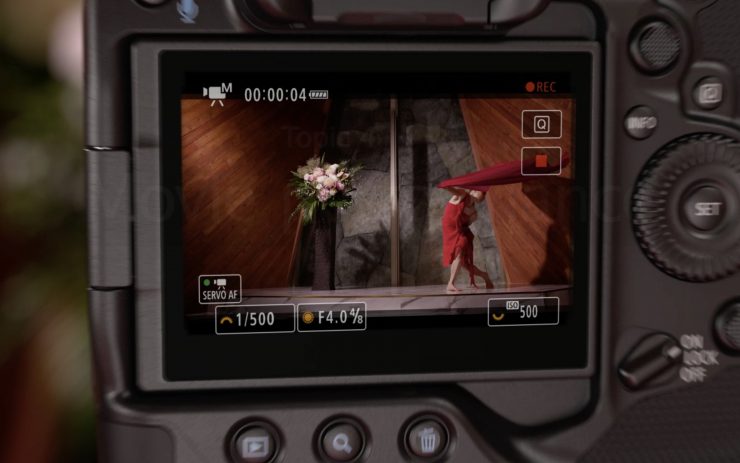
The EOS R3 can record 6K RAW (up to 59.94fps), oversampled 4K up to 59.94fps (this oversampling is done from 6K), and pixel binned 4K up to 119.88fps.
The 6K DCI RAW is done in 12-bit CRM or Canon RAW (Light). The RAW recordings can only be done to the CFexpress card. You can record 6K RAW while simultaneously recording to both cards in MP4, providing a fail-safe backup of vital footage
The 4K 120p is not oversampled, but you can shoot in full-frame without a crop.
The R3 is also the first camera in the EOS R series not to feature video recording limitations in most shooting modes. You can record internally in regular frame rates for as long as you like until either the battery or card runs out. Canon’s press release states ‘It’s now possible to record up to six hours of regular video or 1.5 hours at high 119.88/100p frame rates*.’
*Dependent on battery level, memory cards, and temperature.
However, when I asked Canon directly they told me that the 4K 120p is limited to 12min because of heat issues. More information on the heat issues can be found further done in this article.
It is interesting to see that a camera that is being heavily touted as a photography camera first and foremost is the only camera in the EOS R lineup that doesn’t feature recording limitations.
The EOS R3 is also able to record in Canon Log 3 and HDR PQ. There is no Canon Log or Canon Log 2 available. It also features the same object recognition, subject tracking, Eye AF, etc. modes that are available to still photographers.
So let’s look at the resolution choices, frame rates, and bitrates a little more closely. Below you can see a table detailing what bit depths, codecs color gamuts the EOS R3 is capable of recording in:
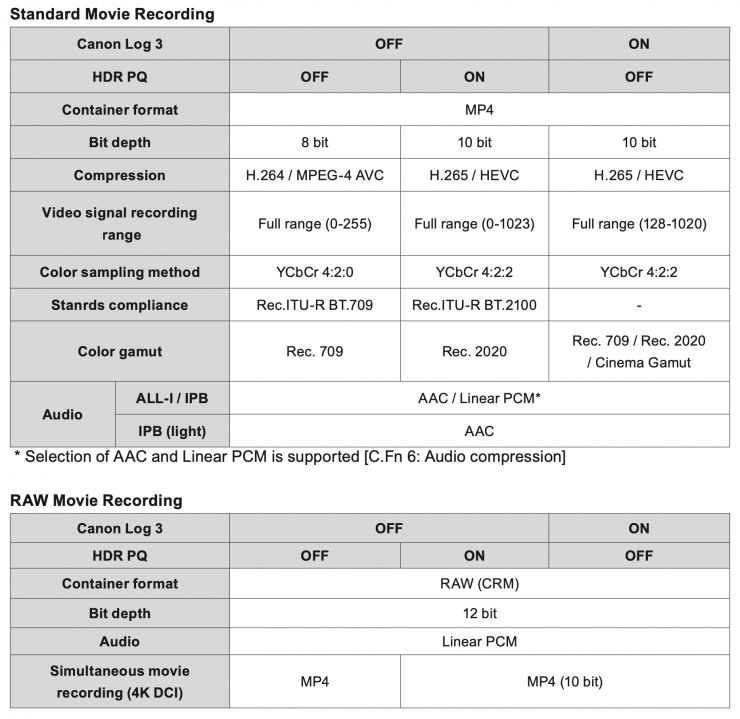
Below you can see what resolutions, framerates, codecs, and bitrates are recorded when using the EOS R3.
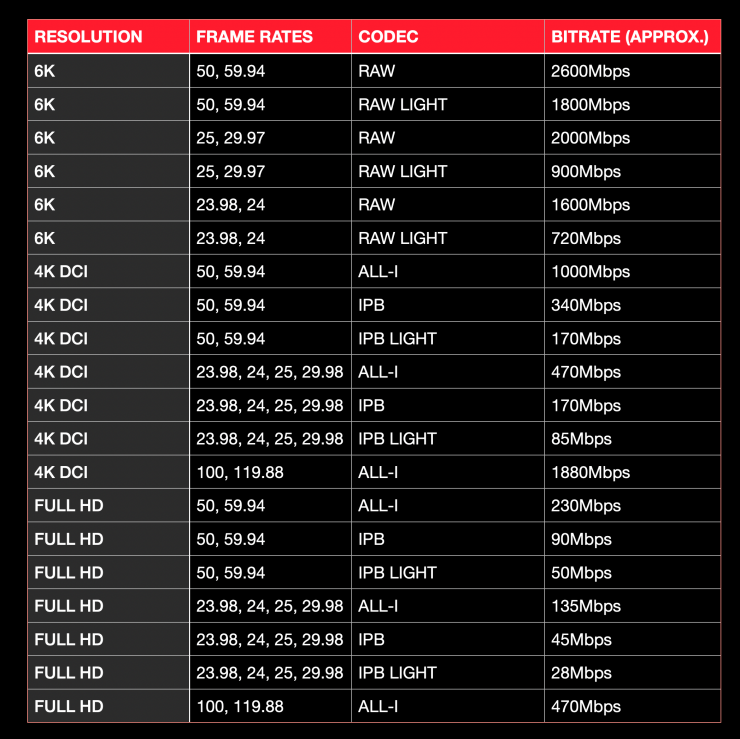
IMPORTANT NOTES
Bit rate indicates video output only, and metadata is not included.
• The same values apply to 4K DCI, 4K UHD, and Full HD whether [Movie cropping] is set to [Enable]
or [Disable]
• Movie recording is interrupted if the maximum recording time per movie is reached.
• Sound is not recorded for approx. the last two frames when the compression method for movie recording quality is IPB or IPB-Light (audio:AAC) or [C.Fn 4-2 Audio compression] is set to [Enable]. Moreover, the video and sound may be slightly out of sync when movies are played back in Windows.
So how do these specifications compare to other mirrorless full-frame cameras that are currently available? Below you can see:
| RECORDING RESOLUTION | BIT DEPTH (internal) | FRAME RATES | RAW | |
| Canon EOS R3 | 6K DCI, 4K DCI, UHD, HD | Canon RAW & 4:2:2 10-bit | 6K up to 60p 4K up to 120p | Yes |
| Canon EOS R5 | 8K DCI, 8K, 4K DCI, UHD, HD | Canon RAW & 4:2:2 10-bit | 8K up to 30p 4K up to 120p | Yes |
| Canon EOS R6 | UHD, HD | 4:2:2 10-bit | 4K up to 60p, HD up to 120p | No |
| Canon EOS R | UHD, HD (crop when shooting 4K) | 4:2:0 8-bit | 4K up to 30p HD up to 60p | No |
| Panasonic S1H | 6K, 5.9K, 5.4K, DCI 4K, UHD, 4K anamorphic, HD | Resolutions above 4K DCI are limited to 4:2:0 10-Bit 4:2:2 10-bit when shooting in resolutions of 4K DCI and below | 6K up to 24p 5.9K up to 30p 5.4K up to 30p 4K DCI up to 60p HD up to 180p | Yes, externally. Although not available yet |
| Panasonic S1 | UHD, HD | 4:2:2 10-bit | UHD up to 60p HD up to 180p | No |
| Sony a1 | 8K, UHD, HD | 4:2:2 10-bit | 8K up to 30p UHD up to 129p | Yes, externally |
| Sony a7R IV | UHD, HD | 4:2:0 8-bit | UHD up to 30p HD up to 120p | No |
| Sony a7 III | UHD, HD | 4:2:2 10-bit | UHD up to 120p HD up to 240p | No |
| Sony a7S III | UHD, HD | 4:2:0 8-bit | UHD up to 30p HD up to 120p | Yes, externally |
| Nikon Z6 | UHD, HD | 4:2:0 8-bit | UHD up to 30p HD up to 120p | Yes, externally |
| Sigma fp | UHD, HD | 4:2:0 8-bit, 4:2:2 10-bit, 4:2:2 12-bit | 4K DCI up to 30p HD up to 120p | Yes. Internally and externally |
These specifications are for internal recording. Some cameras can only record in certain resolutions and frame rates in 4:2:0 8-bit.
As far as resolutions, frame rates, and internal recording are concerned, the only real challengers are the Sony a1, Sony a7S III, Panasonic S1H, and Canon’s own R5.
Whether or not a RAW output over HDMI is possible is not clear yet. The camera has an HDMI micro OUT terminal Type D.
The R3 has both a 3.5mm headphone jack as well as a 3.5mm stereo mic input.
Dynamic range & Base ISO
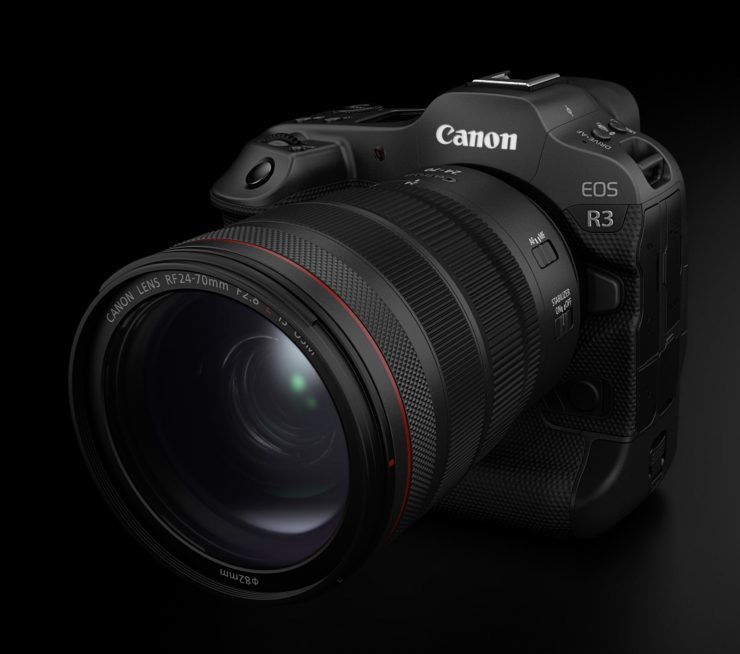
Canon doesn’t officially list dynamic range or base ISO when shooting video for any of its mirrorless cameras. From sources within Canon that I have spoken to, the best results will be obtained at 400 ISO and the dynamic range of the R3 should be around 12 stops.
This is not a Canon C300 Mark III or C500 Mark II and people should not be expecting that the R3 will have the same dynamic range as those cameras.
What about heat?
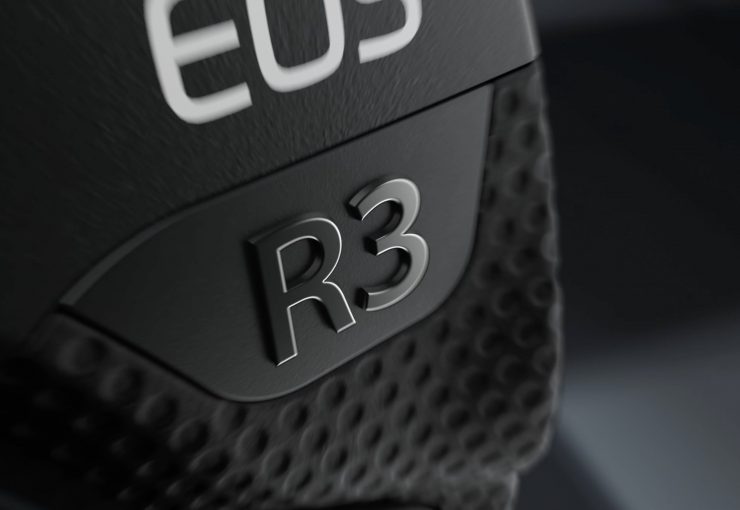
I am sure Canon doesn’t want another repeat of the PR disaster that occurred with the R5 overheating issues. According to Canon, the R3 can record for an unlimited amount of time in 4K ALL-I up to 30p at 23°C / 73.4°F. Now, this capability does come with a disclaimer that states: The maximum duration of shooting may be shorter under some circumstances even if recording begins from a “cold start”, due to a rise in temperature inside the camera body caused by pre-shooting camera setting operations or by prolonged use of the Live View mode.

Recording begins from “cold start” at the ambient temperature of 23°C
IMPORTANT INFORMATION REGARDING THE ABOVE TABLE
- Confirmed with a 325GB card based on Canon’s testing standard
- The maximum duration of shooting may be shorter under some circumstances even if the recording begins from a cold start, due to a rise in temperature inside the camera caused by pre-shooting camera setting operations or by prolonged use of the Live View mode.
- When the card is full, movie recordings stop automatically. In this case, duration time when you erase the data and restart shooting.
- When set to Auto Power off temperature: High, the card can get very hot and may even cause burns when being removed from the card slot.
- Durations of recording may not change between the [Standard] and [High] settings, depending on the types of cards used.
If you are shooting 6K DCI RAW (up to 60p), Canon states:
‘There are a number of variables including which memory card is used and environmental factors. As a guide, when shooting 6K 60p RAW, starting from a cold start with an ambient temperature of 23c the limitations for heat are as follows:’
Auto power off temperature: Standard = 25mins
Auto power off temperature: High = 60 mins or more
With 4K 120p, you are limited to 12min of recording because of the heat.
Now, please remember that the quoted recording times were done in a controlled environment by Canon and in the real world you may find that your recording times could be a lot less depending on the conditions you are working in.
What isn’t mentioned anywhere are the recovery times for the camera once it does overheat. In my personal opinion, this information is very important to know and I am surprised Canon hasn’t included any information on this.
Again, as I always say, if you want a video camera buy a video camera. If you want a small-sized mirrorless hybrid then you have to live with its strengths and weaknesses.
Size & Weight
The R3 tips the scales at 1.15kg / 2.53 lb. This makes it heavier than the R5, but not as heavy as the EOS-1DX Mark III.
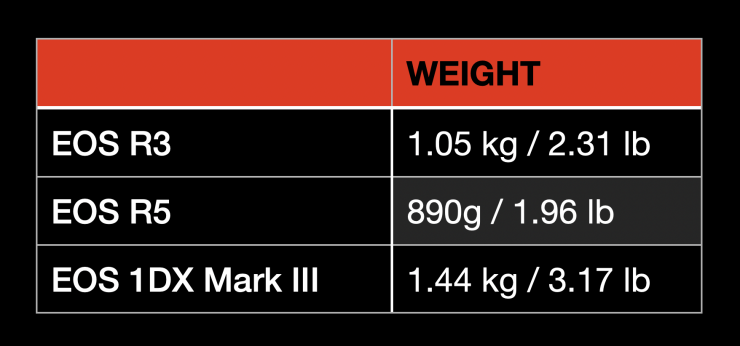
It is good to see that Canon has managed to keep the weight down. The camera is around 37% lighter than the 1DX Mark III.
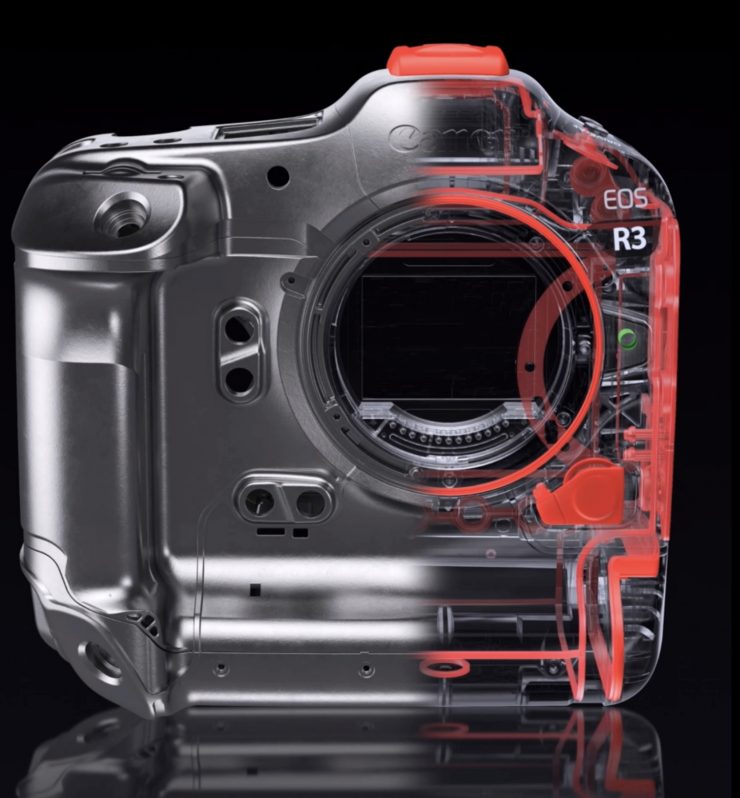
The EOS R3 features a tough, magnesium-alloy body and the dust and weather resistance are up to the same level as Canon’s EOS-1D X series.
Battery
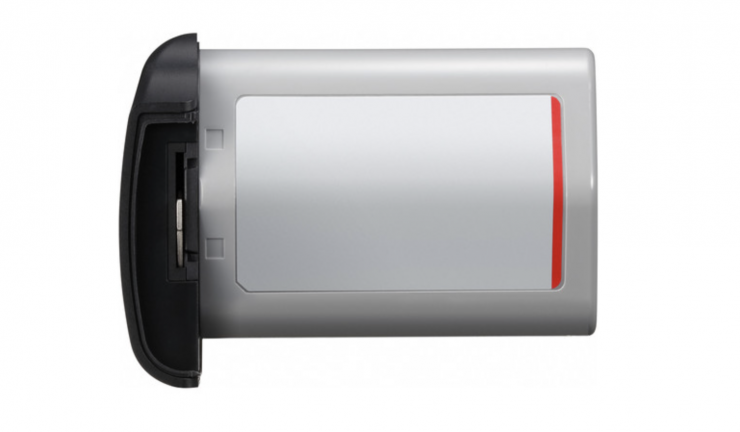
The camera is powered by an LP-E19 battery, the same as the one found in Canon’s EOS-1D X Mark III cameras. This is great if you already own the 1DX mark III and are planning on swapping over to the EOS R3.
You can charge the camera using a USB-C PD device, however, you cannot power and charge the camera at the same time.
Card Slots
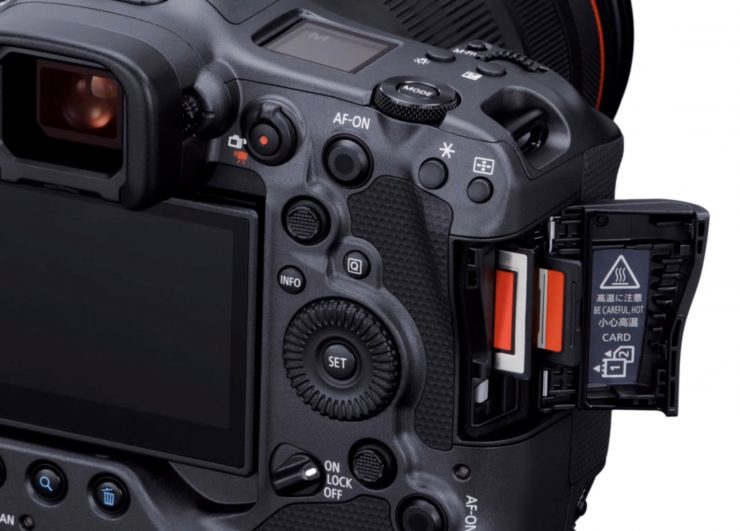
The EOS R3 has two card slots:
- CFexpress Type B
- SD UHS II
This is the same as the EOS R5, but different from the EOS 1DX Mark III. The EOS 1DX Mark III has two CFexpress card slots.
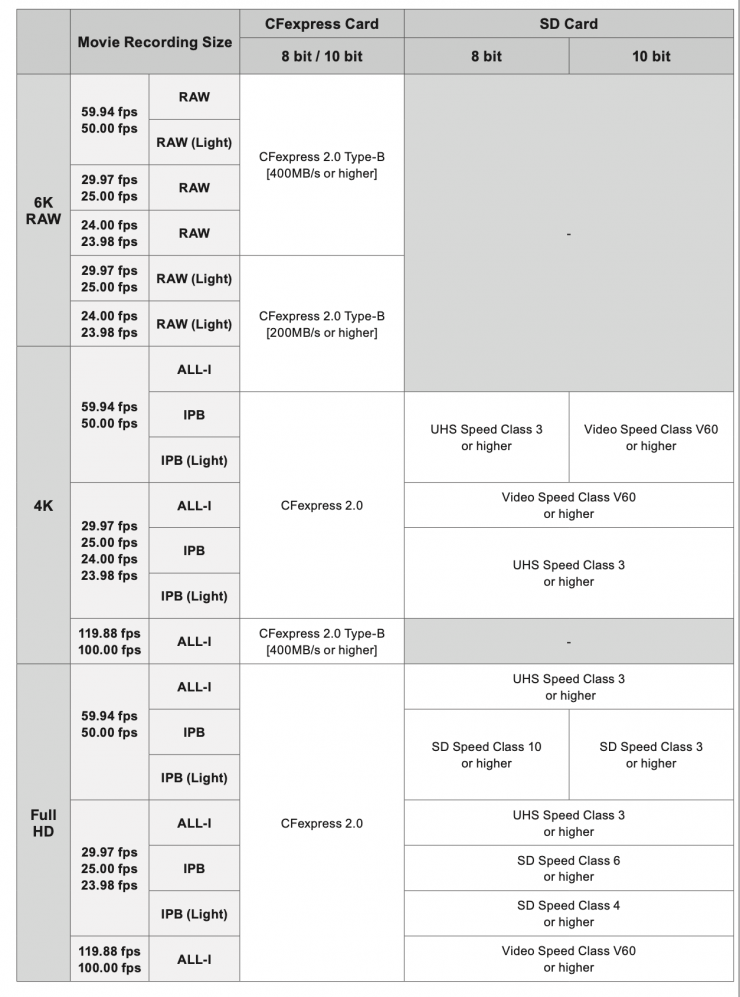
Above you can see what cars are required when shooting in various resolutions and framerates. Basically, a CFexpress card is required to shoot 6K RAW, 4K ALL-I at 50 & 59.94fps, and 4K 100 & 119.88fps.
In-body Image Stabilization
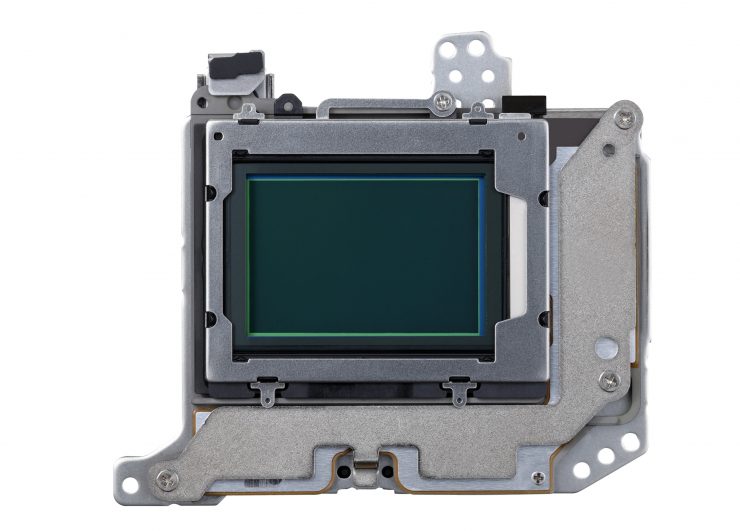
The R3, just like the R5, features In-body Image Stabilization. Canon claims that it offers up to 8 stops of shake correction. These 8 stops of shake correction are only possible when using the R3 in conjunction with certain Canon R mount lenses. Below you can see a list of Canon lenses and how many stops of shake correction you can achieve when combining them with the R3.
The In-body Image Stabilization will still do a pretty good job with any lens you use, regardless of whether it has IS. From the examples I have seen, the In-body Image Stabilization works very well.

The In-body Image Stabilization works through a complex series of sensors. The Gyro Sensor reads the angle speed, the Acceleration sensor reads the acceleration, and the Imaging Sensor reads the Motion Vector. All of this information is then combined and processed by the DIGIC X processor.
If you then combine the camera with an IS lens there is communicated coordination between the DIGIC X processor and the lens CPU which is getting its own data from a Gyro sensor that is reading the angle speed and an Acceleration sensor, that is reading the acceleration. By combining all of this information you get the best of both worlds.
You can turn the IBIS off, but if you have a IS lens attached you can’t. There must be a reason for this, but when I spoke to canon they couldn’t tell me what that was. The other thing to note is that the IBIS automatically turns itself off when a camera is placed on a tripod or stationary service. It doesn’t turn off if you put the camera on a gimbal.
When using a lens with IS you will get a slight image crop when shooting video.
Controls
The camera also offers a choice of controls with both a multi-controller and a smart controller. There are three customizable dials on the body, plus a Lens Control ring on each RF Mount lens. This allows shutter speed, aperture, ISO, and exposure compensation all to be adjusted while the camera is at the photographer’s eye.
There is also a dedicated Video/Stills switch on the back of the camera.
EVF
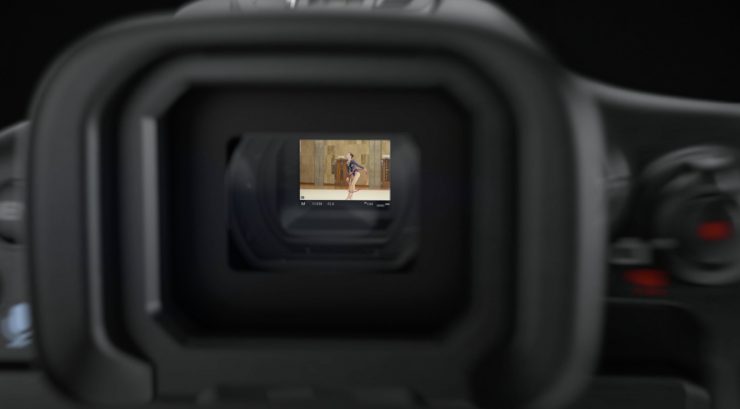
Canon claims that the EOS R3 features a newly developed 5.76 million dot OLED EVF with a refresh rate of up to 120fps. However, the R5 also features a 5.76 million dot OLED EVF with a refresh rate of up to 120fps so I am not sure if it is the exact same one.
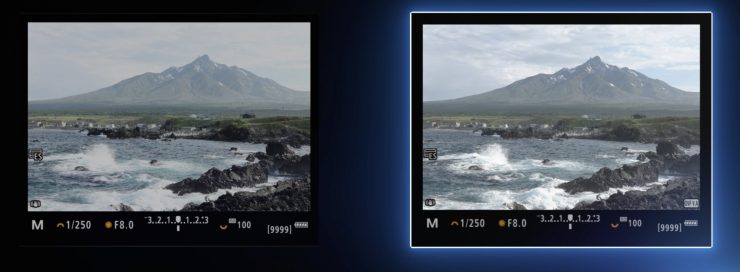
Canon has also introduced a mode on the R3 called OVF Simulation View Assist. What this is claimed to do is to provide a simulated view of what an optical viewfinder would look like. This mode has been put in specifically for those photographers who may have not used a mirrorless camera before with an EVF and are transitioning from a DSLR.
Vari-angle LCD

The EOS R3 has what Canon calls a Vari-Angle screen, which folds out to the side and rotates completely around. The Vari-Angle touch screen is 4.1-million dots.
New Accessory Shoe
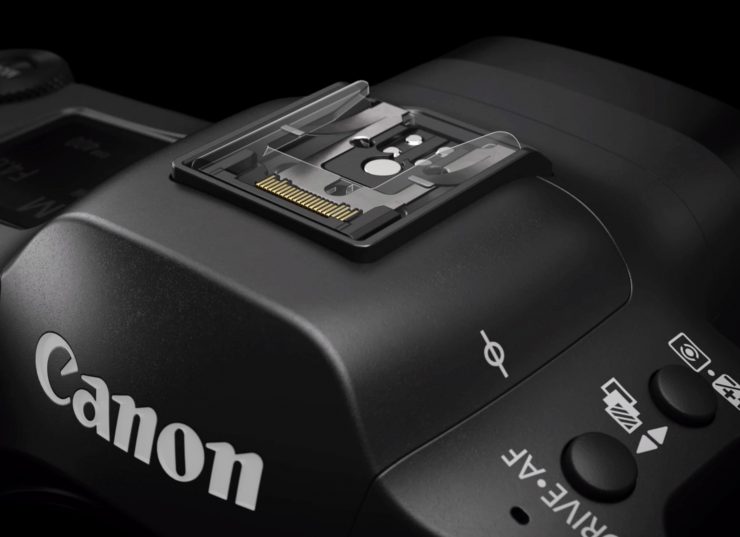
The EOS R3 features a new accessory shoe that provides data communication and power for new accessories when attached to the camera.
This is something both Sony and Panasonic have been doing for a long time.
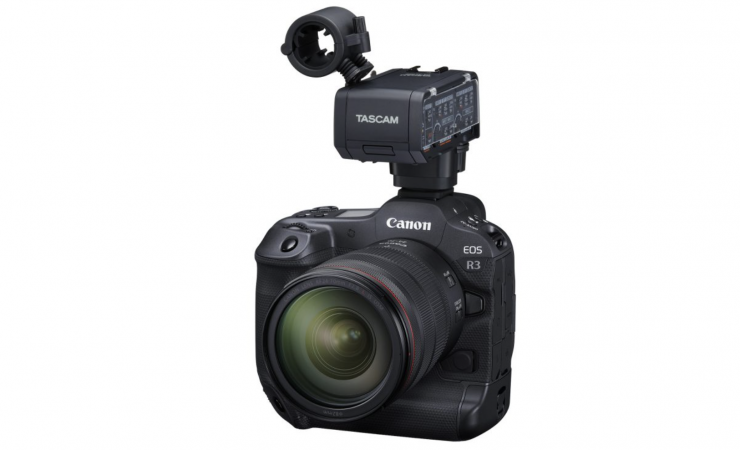
The R3 will also be compatible with the upcoming TEAC Tascam CA- XLR2d-C XLR adapter.
The adapter is powered by the camera’s multi-accessory shoe as well as interfacing the audio. This adapter is already being used on Canon’s just announced XF605 digital video camera. On the XF605 It gives you the ability to utilize two XLR inputs, and you can also input two further audio channels by using the 3.5mm stereo input that is on the camera.
New Accessories
Speaking of new accessories, the R3 is getting four accessories that will work with the new accessory shoe. These are:
- DM-E1D Digital Microphone
- ST-E10 Speedlite Transmitter
- AD-E1 Multi Function Shoe Adapter
- AD-P1 Smartphone Link Adapter
DM-E1D Digital Microphone
The DM-E1D Digital Microphone is an on-camera microphone that gets its power and also sends it audio through the new accessory shoe. The microphone has three settings for different pick-up patterns:
- Shotgun
- 120 degrees
- 90 degrees
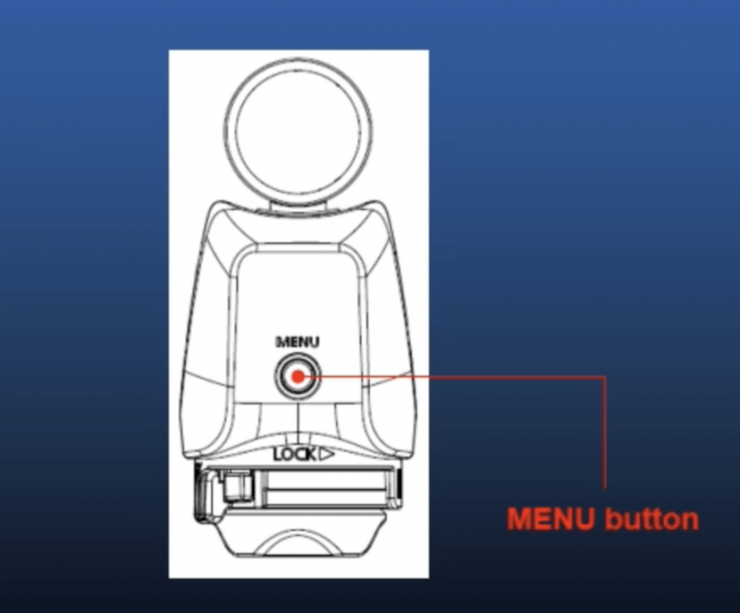
It also has a menu button on the actual mic. When you press this button it automatically brings up the menu for making changes to the microphone on the R3’s rear LCD screen.
This microphone will not be available to purchase till 2022.
ST-E10 Speedlite Transmitter
The ST-E10 Speedlite Transmitter as its name suggests is a wireless transmitter for Speedlights that interfaces with the camera through the new accessory shoe.
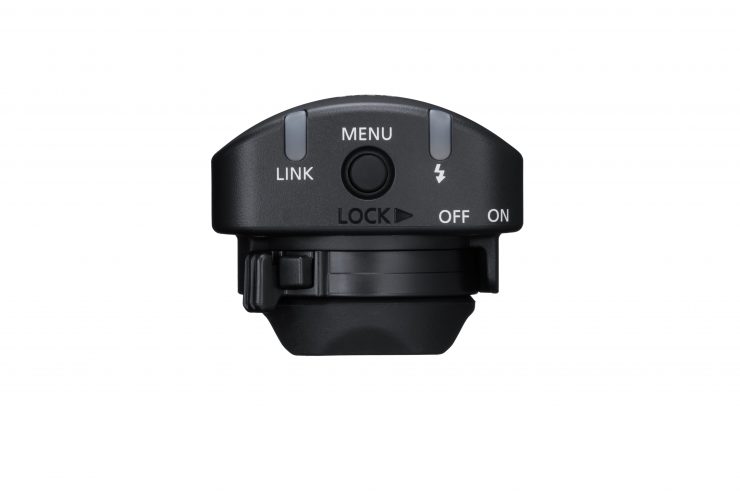
Just like the DM-E1D, it has a menu button that when pressed brings up the control menu for the Speedlite on the R3’s rear LCD screen.
AD-E1 Multi-Function Shoe Adapter
The AD-E1 Multi-Function Shoe Adapter is essentially an adapter that lets you use older accessories.
AD-P1 Smartphone Link Adapter
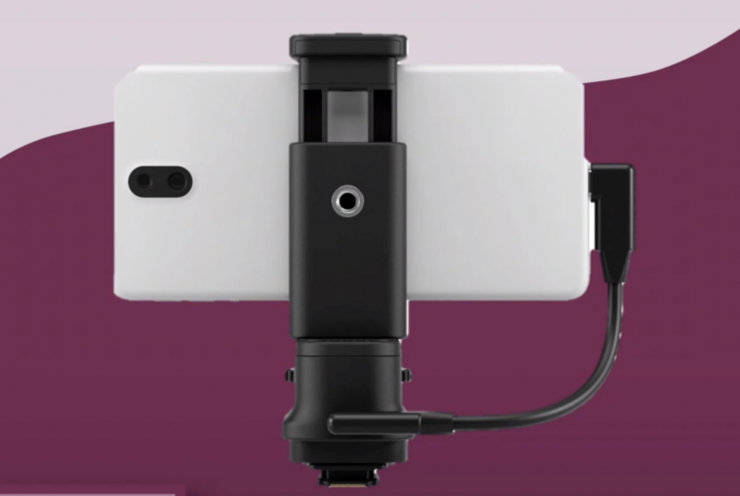
The AD-P1 Smartphone Link Adapter allows you to place your smartphone directly on top of the R3. You plug your smartphone directly into this accessory and it can communicate directly with the camera. This allows the user to send material directly through a wired connection via the phone cellular network.
Currently, at release, only Android phones will be supported, but iOS will be supported shortly after.
Users can remotely control the camera from a mobile device using the Canon’s Camera Connect App or using the Browser Remote function via an ethernet connection. The Browser Remote function also enables users and head offices to remotely change metadata, browse and download images. Users will also be able to use Canon’s Mobile File Transfer (MFT) app, a mobile application for professional photographers that transfers images over a mobile device to an FTP/FTPS/SFTP server. Future enhancements of the app will include text conversion of voice memos. The Canon Camera Connect app now enables the EOS R3 firmware to be updated via your phone – a first for an EOS camera.
Competition
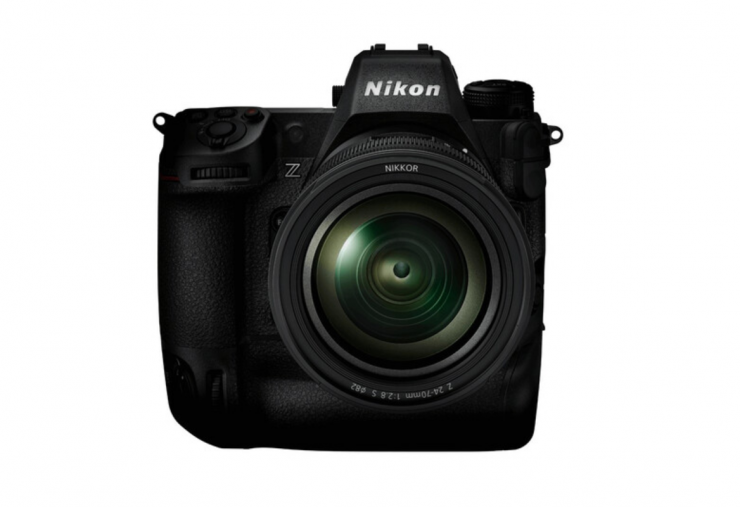
Nikon Z9 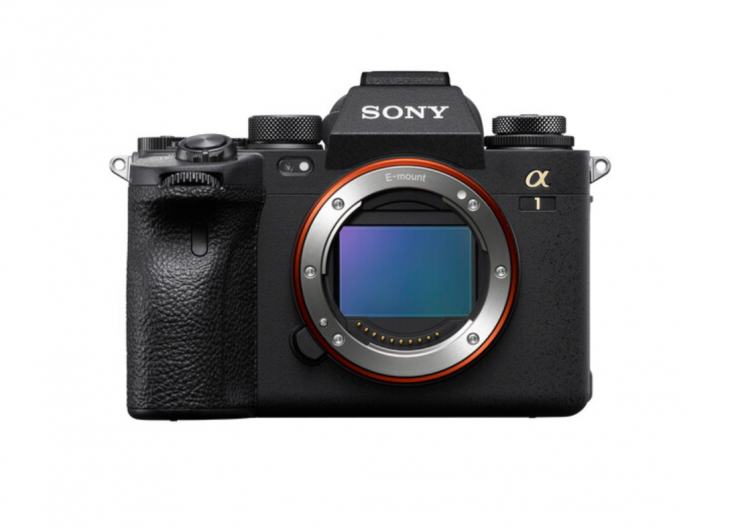
Sony Alpha 1 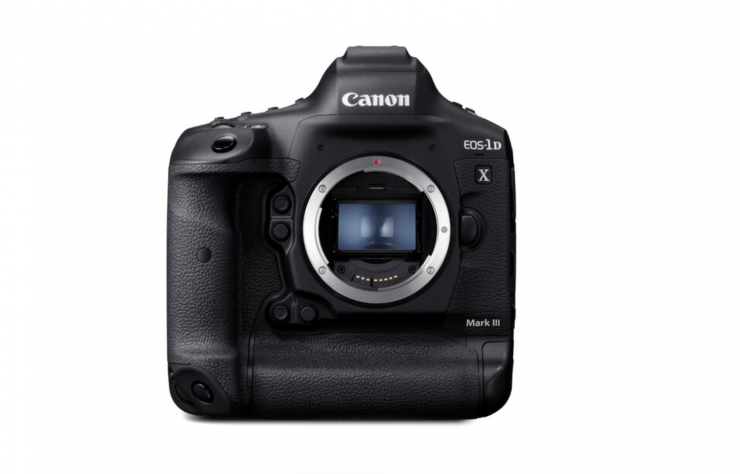
Canon 1D X Mark III
The competition for the R3 will come from Nikon’s upcoming Z9, Canon’s own EOS-1D X mark III, and Sony’s Alpha 1.
Initial thoughts
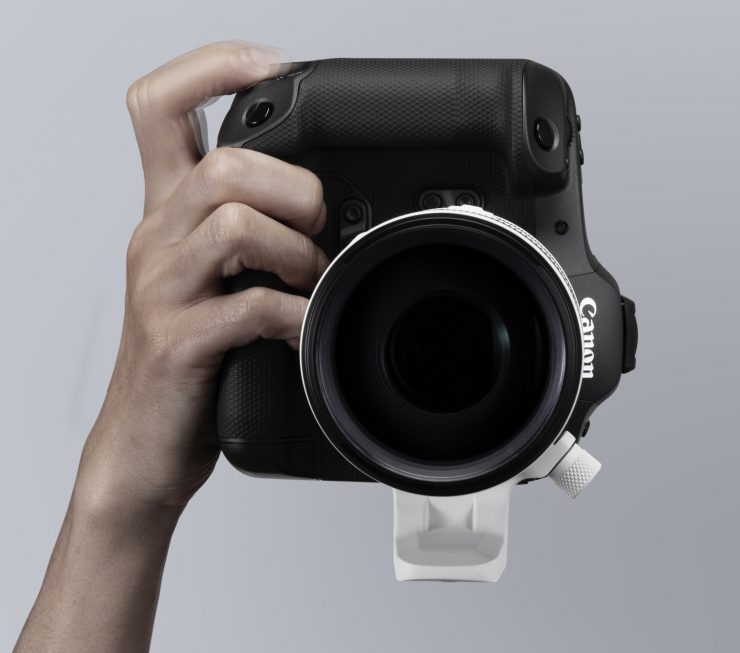
What you clearly need to remember is this is a stills camera first and foremost, and it is being targeted at professional sports and news photographers. The R3 clearly signals a push from Canon to get more professional news and sports photographers to move to a mirrorless system.
Even though the R3 is being touted as Canon’s flagship mirrorless camera, the fact that it features a ‘3’ designation and not a ‘1’ does leave the door open for a future R1 to be released. That camera could well feature a very high MP sensor.
The video functionality is still pretty good and the new accessory shoe certainly opens the camera up to being used as a true mirrorless hybrid.
Full Specifications
Above you can see the full specifications for the Canon EOS R3.
Price & Availability
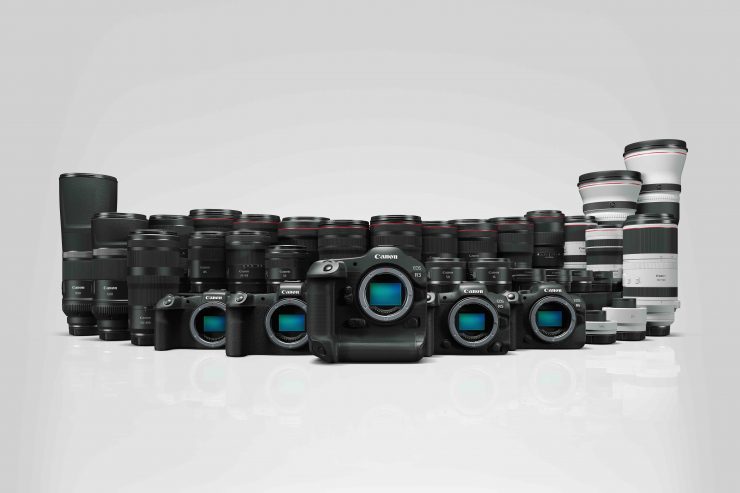
The EOS R3 will be available in late November 2021 for $5999.99 USD. That’s around $500 USD cheaper than the Sony a1 and $2100 more than Canon’s own R5.
What are your thoughts about the EOS R3? Let us know in the comments section below.
https://news.google.com/__i/rss/rd/articles/CBMiXWh0dHBzOi8vd3d3Lm5ld3NzaG9vdGVyLmNvbS8yMDIxLzA5LzE0L2Nhbm9uLWVvcy1yMy0yNC0xbXAtNmstcmF3LWludGVybmFsLWFkdmFuY2VkLWFmLW1vZGVzL9IBAA?oc=5
2021-09-14 10:00:03Z
52781879569961
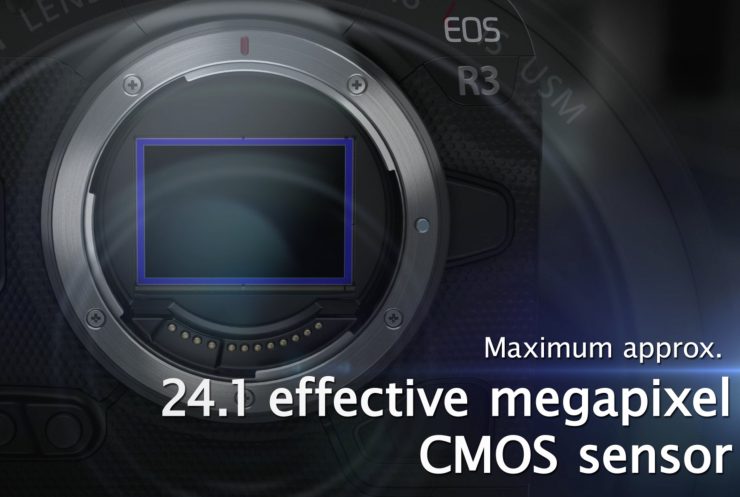

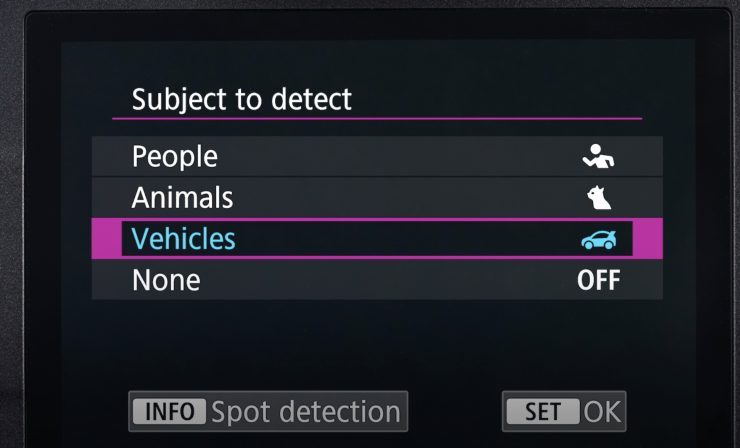
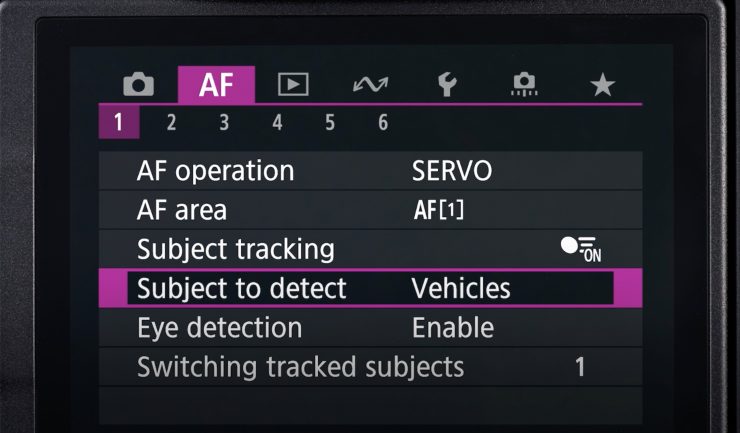
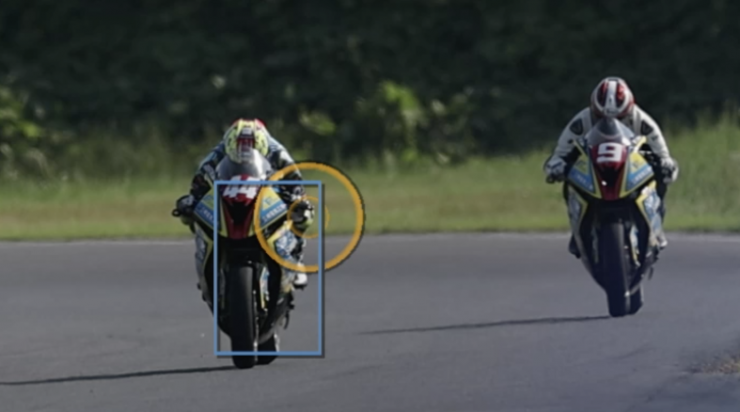
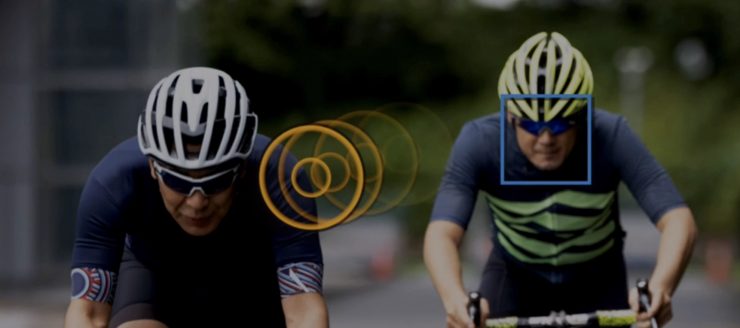
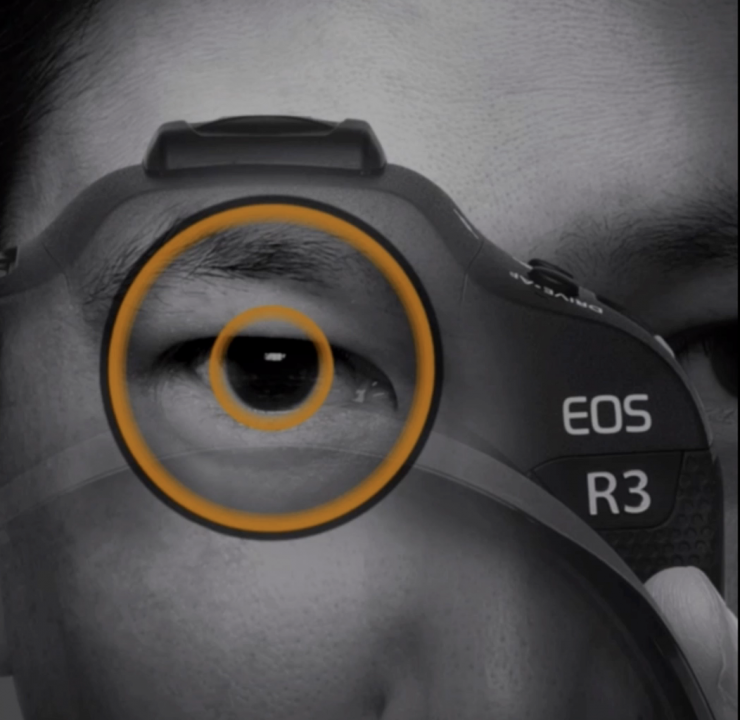
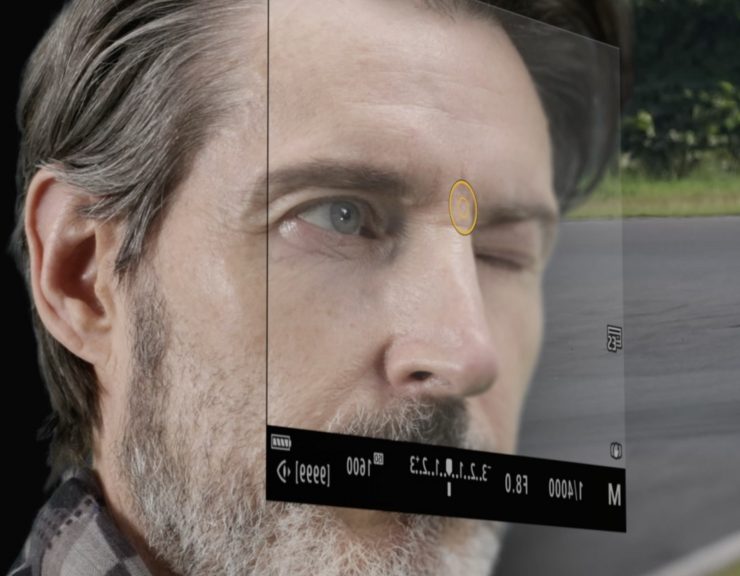

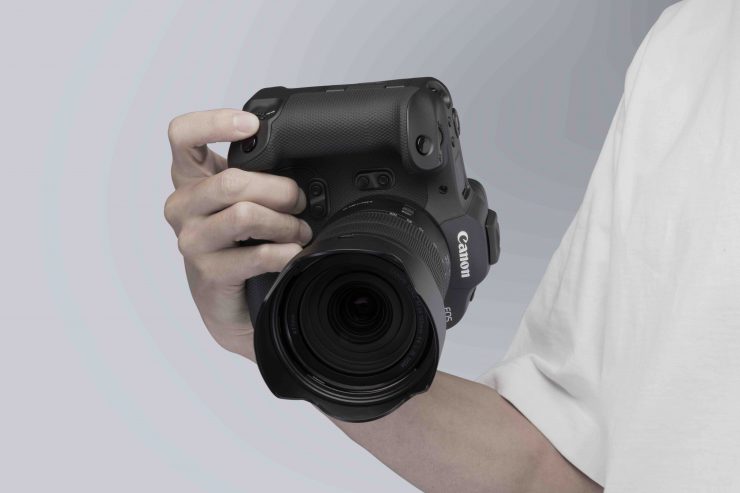
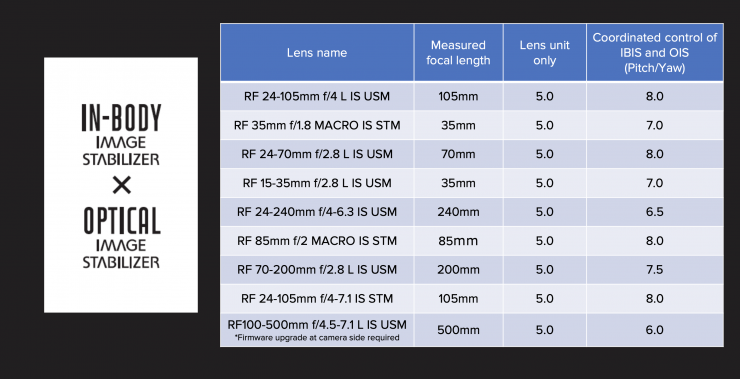
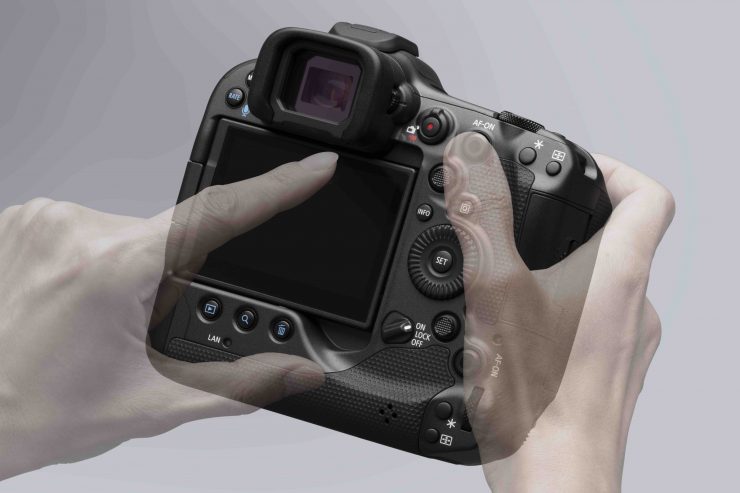
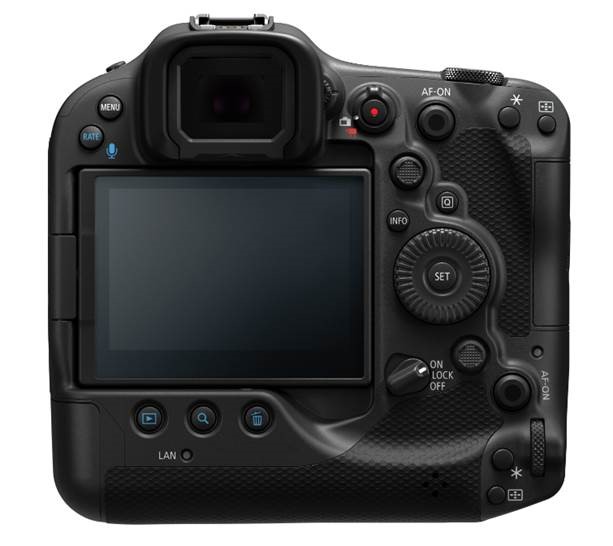
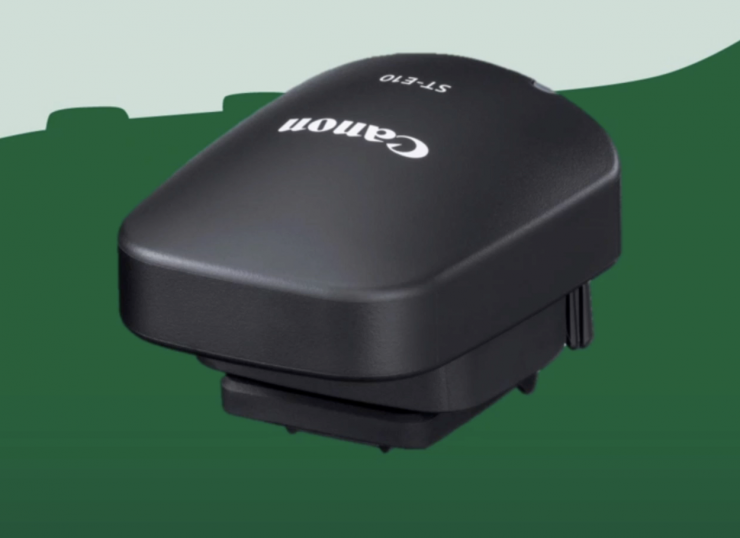
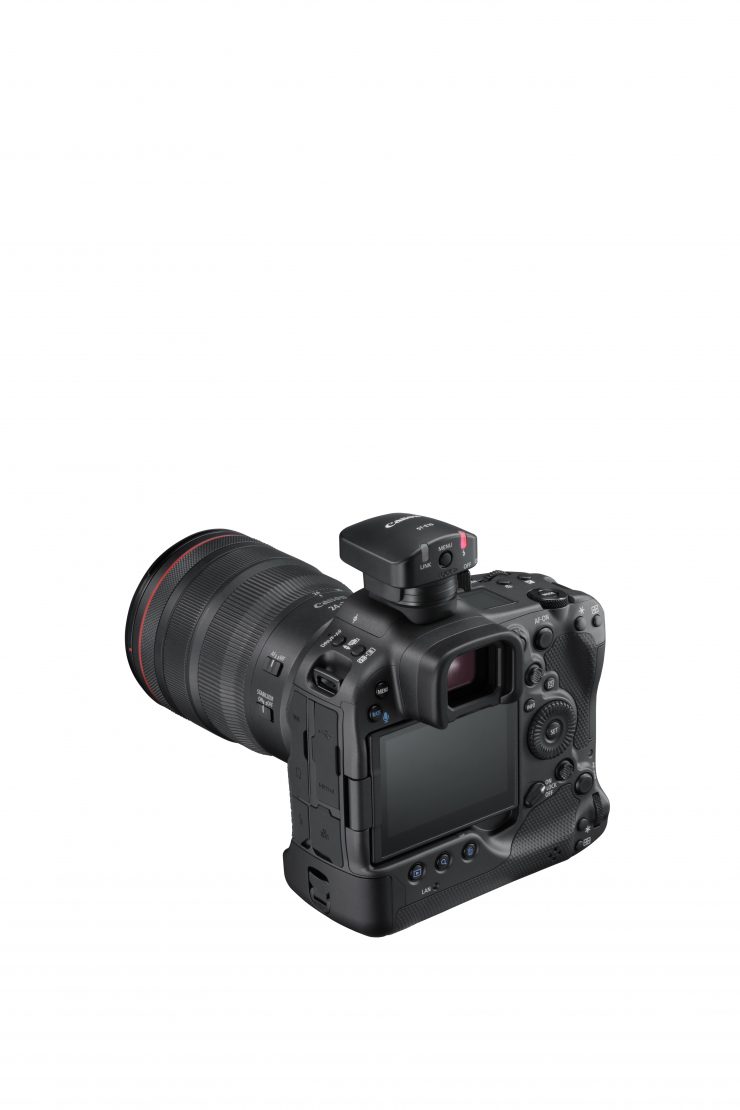
Tidak ada komentar:
Posting Komentar